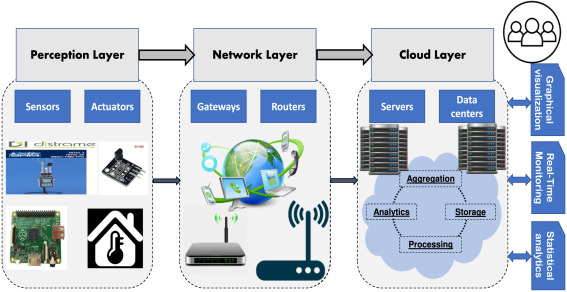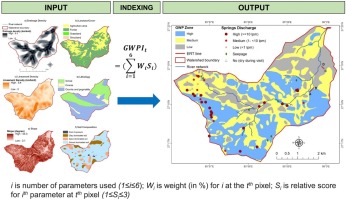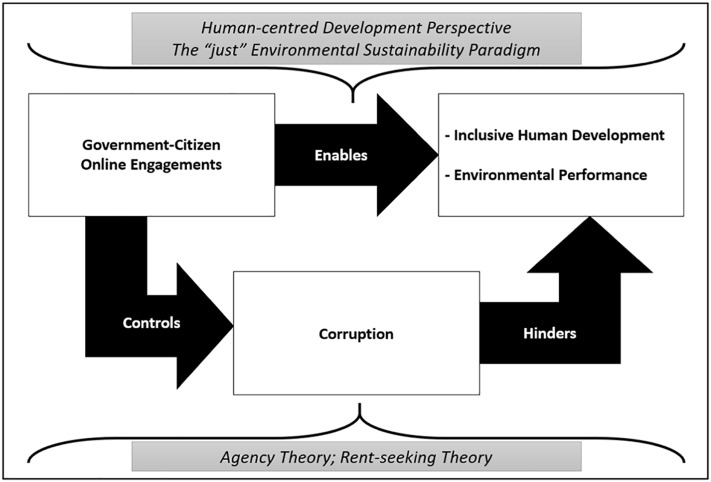Building and Environment, Volume 203, October 2021
Monitoring the thermal comfort of building occupants is crucial for ensuring sustainable and efficient energy consumption in residential buildings. Existing studies have addressed the monitoring of thermal comfort through questionnaires and activities involving occupants. However, few studies have considered disabled people in the monitoring of thermal comfort, despite the potential for impairments to present thermal requirements that are significantly different from those of an occupant without a disability.
Land Use Policy, Volume 109, October 2021



